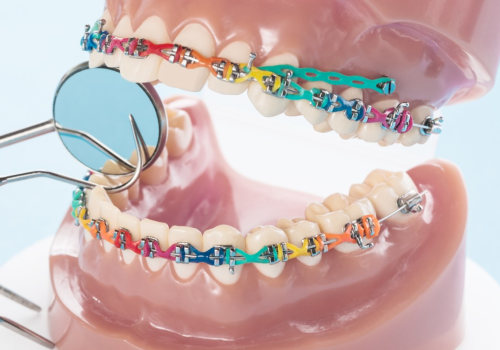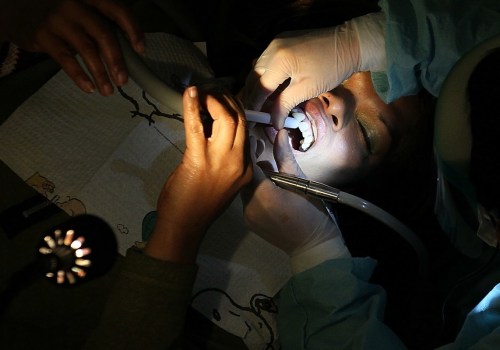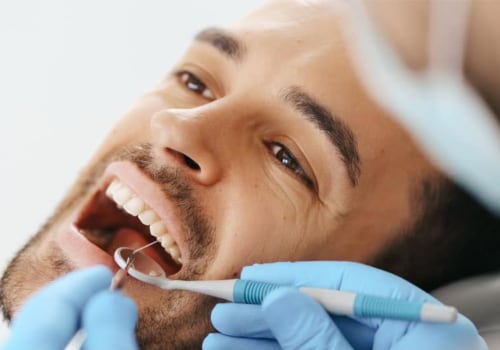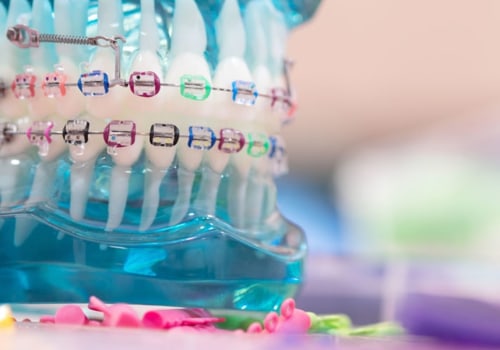Prophylactic cleanings are a common dental procedure used to remove plaque and tartar from the front, back and side of the teeth. This is usually done with a dental scraper or a stream of water. Most people only require prophylactic cleaning, especially if they have maintained daily dental hygiene and have biannual dental appointments. During a dental cleaning appointment, your teeth are brushed, flossed, polished, and plaque is removed.
In the past, hand tools were the only tools used to remove particles from teeth. However, ultrasonic dental cleaning is now available for patients. This is a hand tool that vibrates and uses those vibrations, in addition to water, mouthwash and the power of small bubbles to clean your teeth. A dental hygienist is a professional trained in cleaning teeth and they use a small mirror to look at every corner of your mouth.
As they examine the teeth and gums, they will inspect for signs of inflammation, plaque, tartar, and possible tooth decay. Dentists top the list of health professionals that Americans want to see more often, but sadly people don't visit their dentists as often as they should. It's recommended that people see their dentist twice a year, but it depends on the person's oral health habits and medical conditions. Even after a visit to the dentist, it's important to continue the habits of brushing your teeth, using dental floss and fluoride to continue to protect your teeth from bacteria and infections.
Depending on what your dentist or dental hygienist sees in your mouth, other tests may be done during your visit. Prophylaxis may not be given to severely damaged teeth, but it is an excellent dental cleaning procedure for keeping teeth already healthy, along with daily oral hygiene practices. Ultrasonic cleaning focuses on removing dental plaque (a natural bacterial biofilm) and dental calculus (tartar), which form hard deposits and stains on the teeth. To remove deposits from teeth, dentists often use a technique called scraping, in which they use a small dental instrument to physically remove deposits from the teeth.
Ultrasonic cleaning helps eliminate some of the discomfort associated with dental treatment as most patients experience little or no discomfort throughout the process. It's important to discuss dental cleaning options with your dentist so you can understand the different types available. Macroscopic debridement is most commonly performed on patients who have not visited the dentist in more than a year or who have developed a buildup of hardened plaque on the surface of the teeth. Now, scientists have closely examined the tool dentists use for that cleaning and the tiny bubbles it creates.






